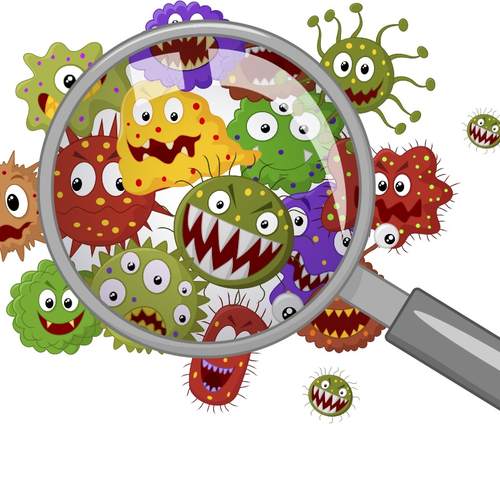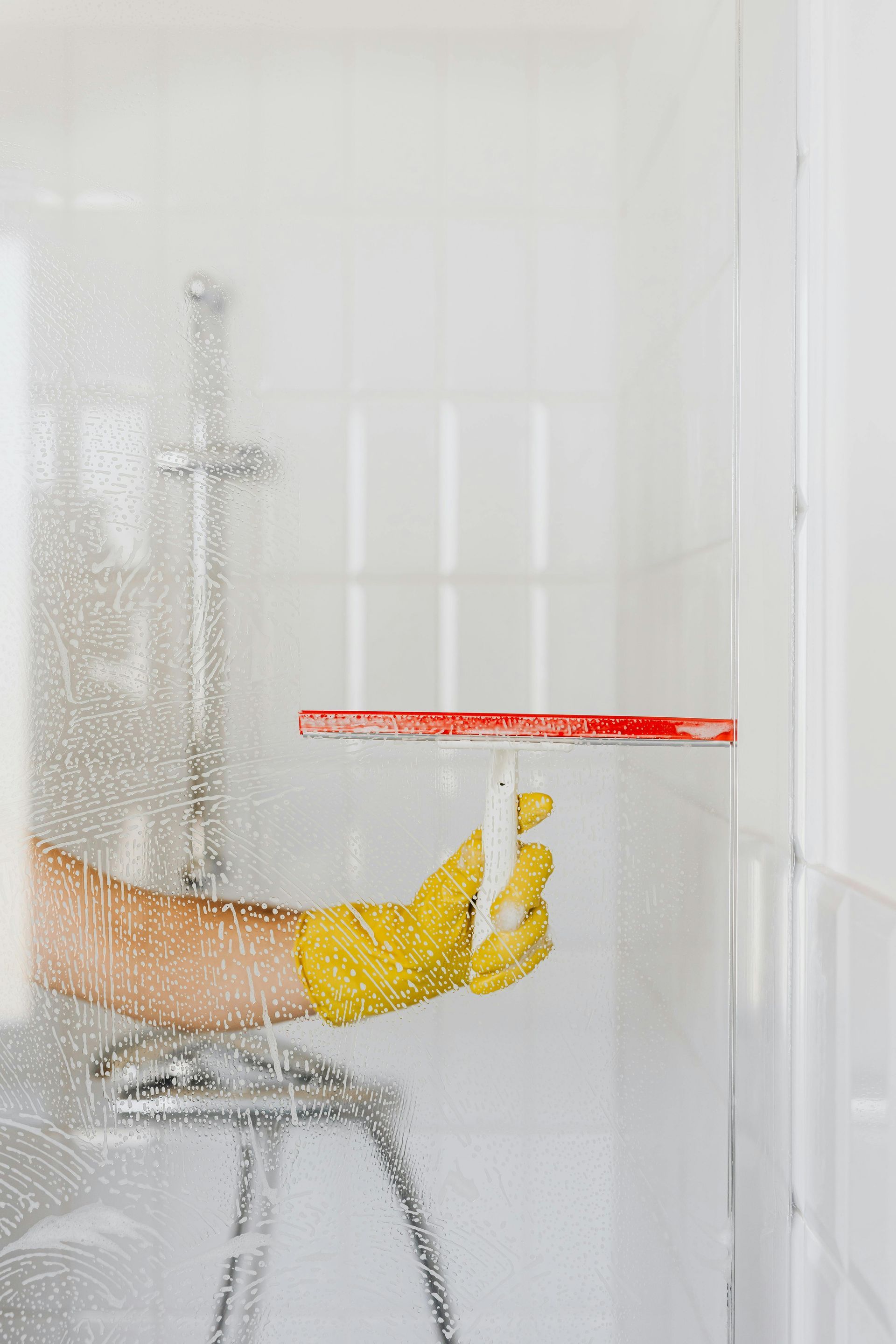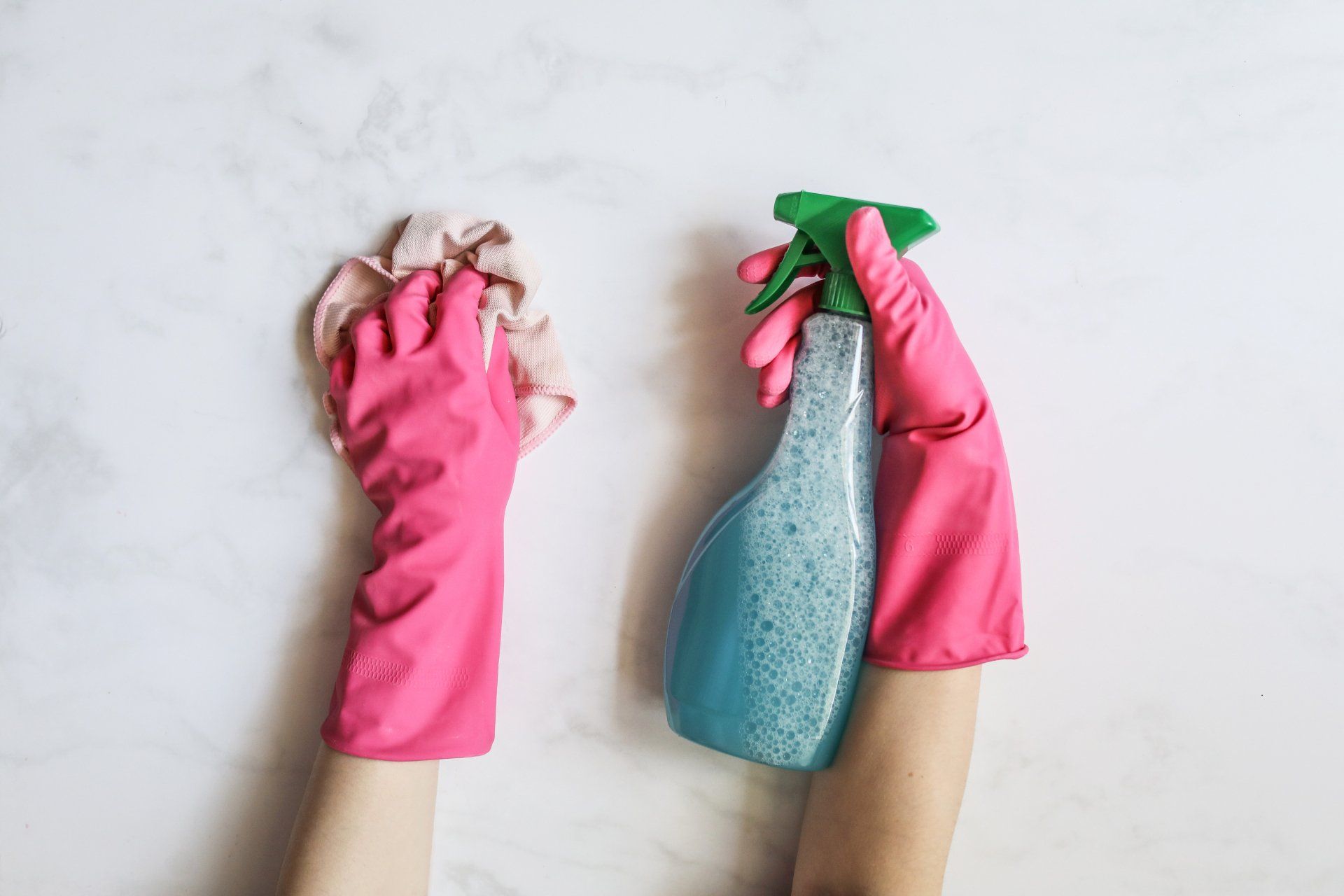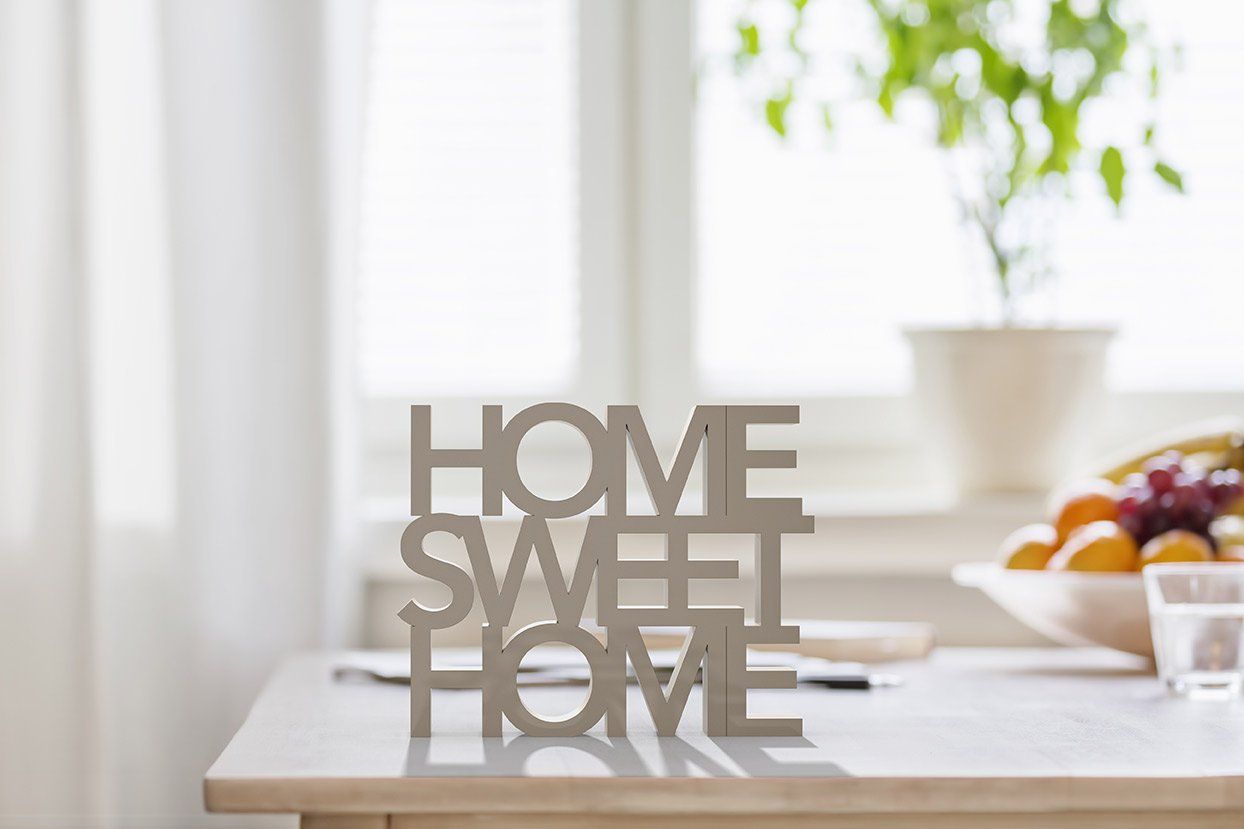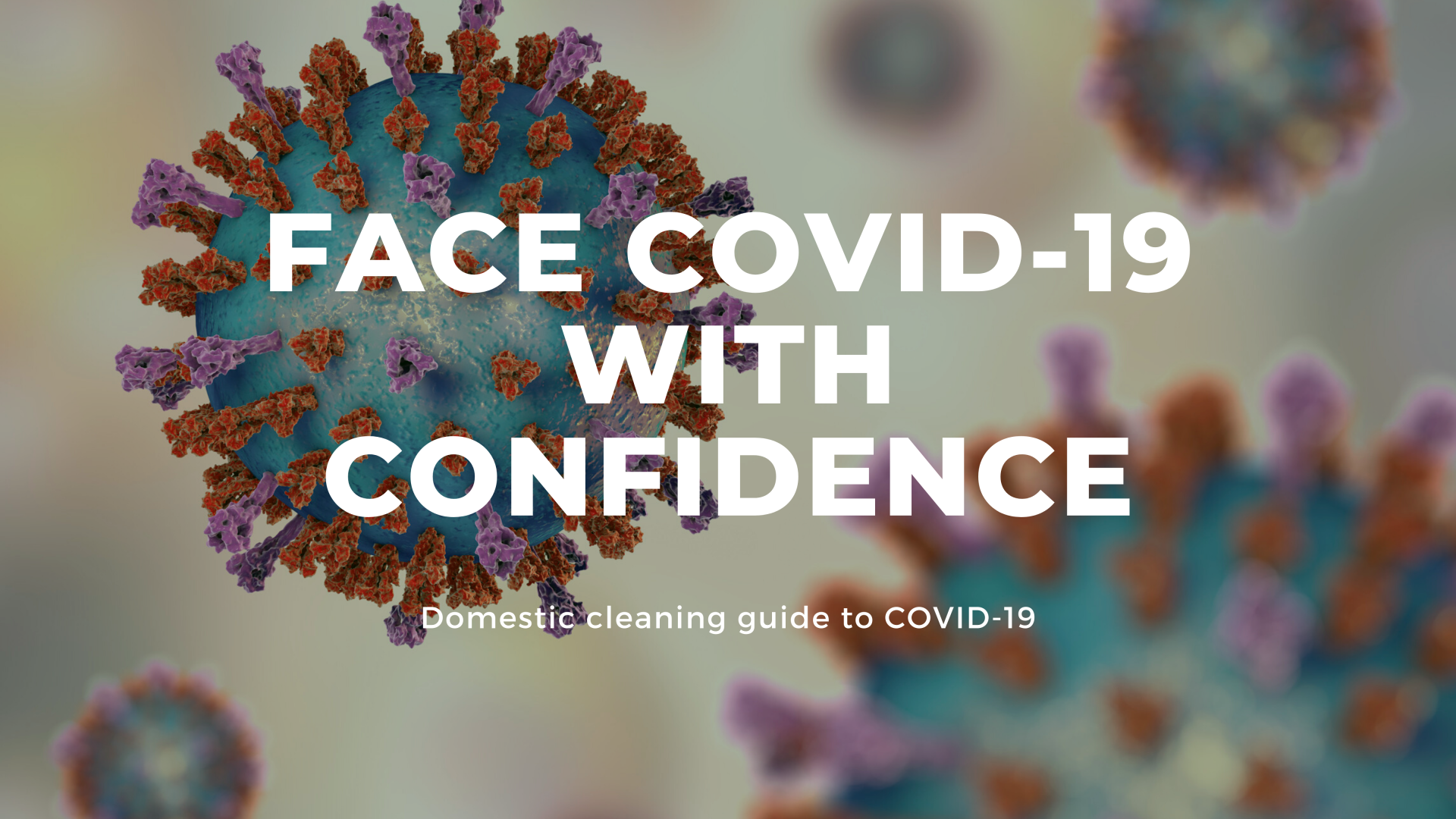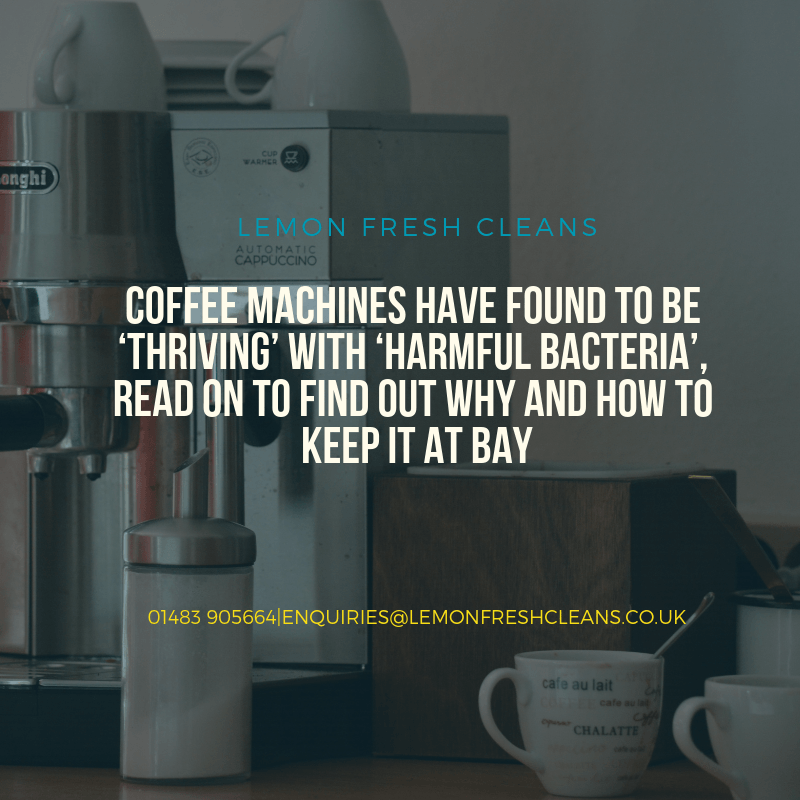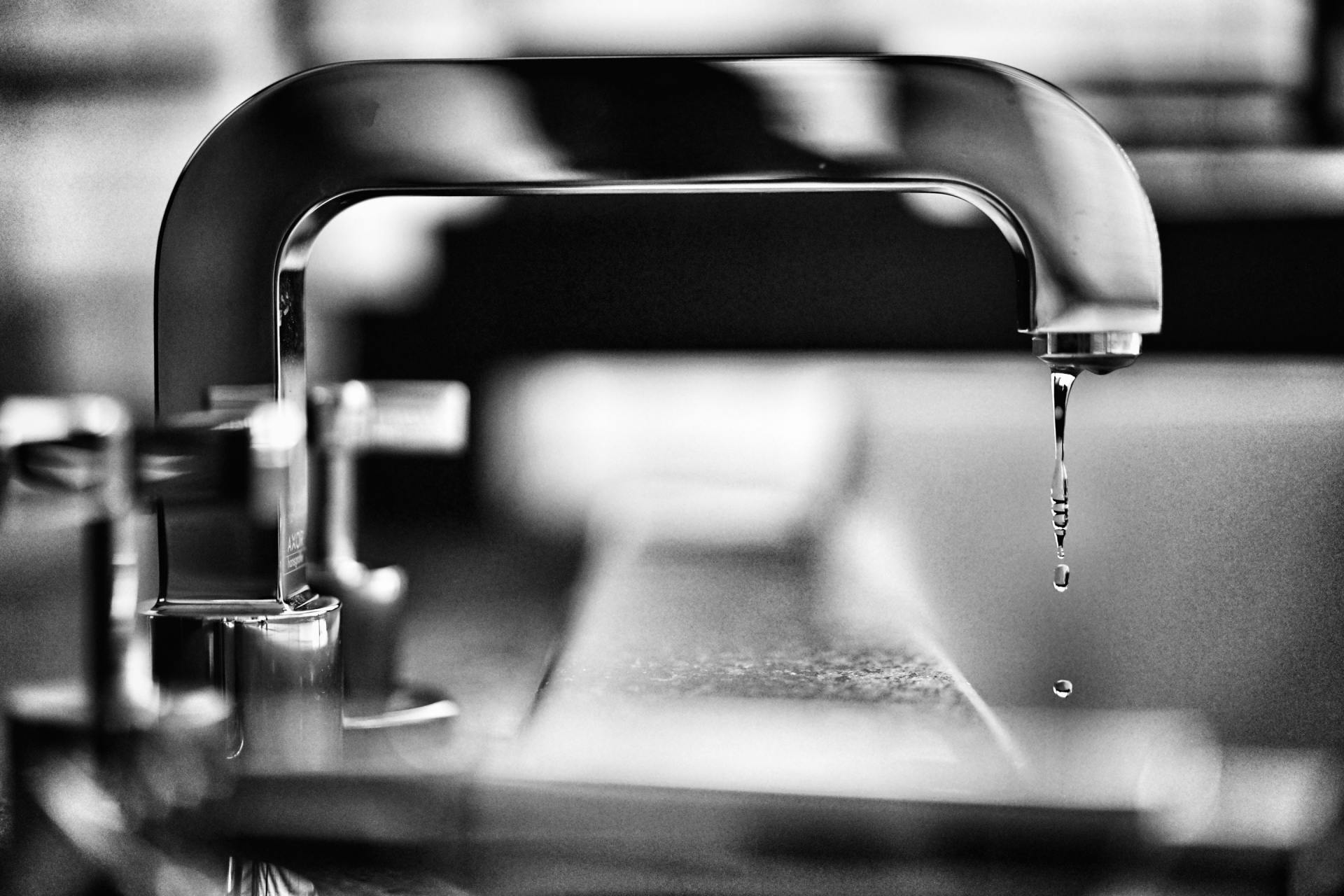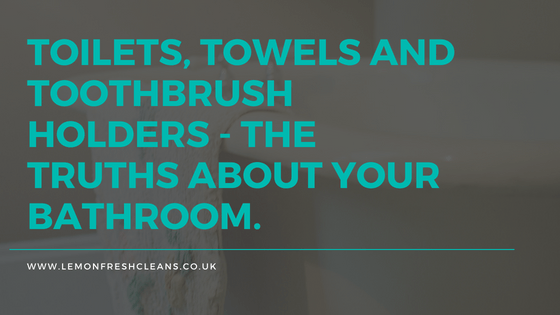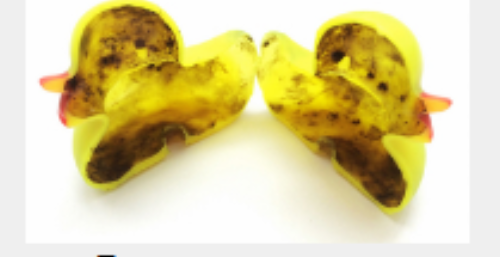Your kitchen could be one of the most germ filled rooms in your house with. Some studies have found e-coli, salmonella, staph, mould and yeast, and other germs that can cause allergies or food borne illnesses lurking in and around your kitchen. YES - gross!
So, here are some of the top places that could be harbouring the most germs!
1. OVEN DIALS
- When was the last time you had a really good go at your oven dials!? Can't remember? Well, start adding it to your weekly routine as they could be harbouring hundreds of germs!
2. DISH CLOTHS/SPONGES
- Dish cloths and sponges can hold a lot of bacteria due to them being damp most of the time. To reduce a bacteria build up, make sure you wash it out each day with hot water and leave to dry. If you want to go that step further, pop it in the microwave for a minute or so to burn off all the lurking bacteria! Regardless of the above, make sure you change them at least every 2-3 days!
3. CAN OPENERS
- Do you use your can opener on a daily basis and give it a quick wipe over and chuck it back into the cutlery draw? I think we are all guilty of it, however all of those tiny crevices can be filled with nasty bacteria! The best way to make sure all bacteria is removed is letting it soak in a bowl of vinegar over night to make sure all the pesky germs are removed. Oh, and remember to give it a good rinse after!
4. KNIFE BLOCK
- Ever thought about what else slots in? Dilute a small amount of bleach with some water and pour into the slots, if possible find a tool thin enough to get to the bottom of the slots and give it a good scrub. Give it a good rinse and your good to go!
5. KITCHEN SINK
- Studies have suggested that your kitchen sink should be bleached at least once a day to remove any bacteria - yes once a day! Studies have shown that the kitchen sink harbours the most bacteria in the kitchen so get your marigolds on!
